
SITF Submissions and Findings
The Species Identification Task Force receives submissions from orchid judging centers or exhibitors.
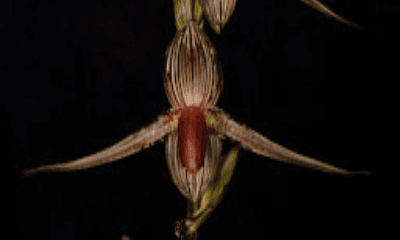
Paphiopedilum rothschildianum 'Krull's Dark Chocolate' AM-2024-05-06
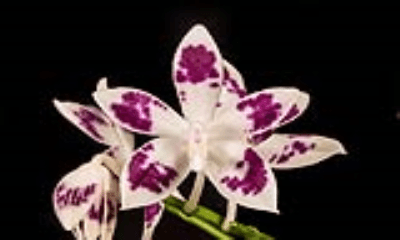
Phalaenopsis-tetraspis-The Orchid Den-AM-2024-05-04
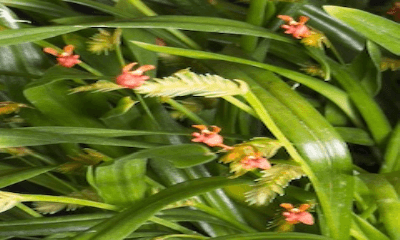
Stichorkis gibbosa 'Orange Benny' CBR-2024-05-03
Crepidium commelinifolium v. atropurureum 'Joel's Gift' CHM-2024-04-30
Microchilus-argenteus-2024-04-24
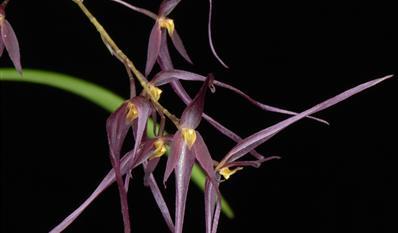
Pleurothallis-tenuisepala-2024-04-23
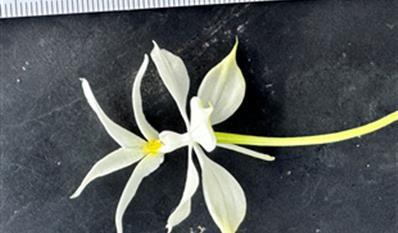
Calanthe-judithiae-2024-04-21
Finding
The flower of Calanthe judithiae does not match the form of the lip of this plant. This plant is an exact match to the 2020 AOS awarded Calanthe leonidii, #20204471/CHM. The flower form and color, including the golden yellow protuberances at the base of the lip, matches this plant, as does the flower size given in the IOSPE description. This plant also matches the photos found in the Vietnamese article: http:/hoalanvietnam.org/6B2_lv/3hk/Kieu-Lan-leonidii.pdf .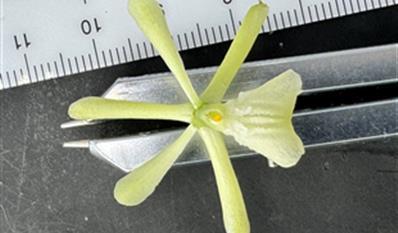
Epidendrum-bennetti-2024-04-20
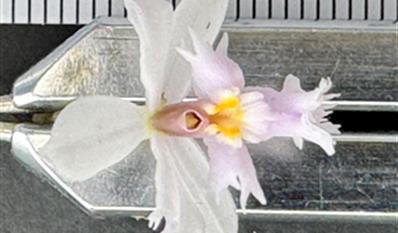
Epidendrum-blepharistes-2024-04-20
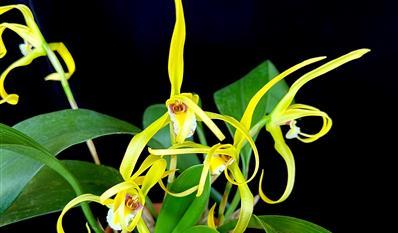
Maxillaria-embreei-2024-04-20
Conchidium-dickasonii-2024-04-18
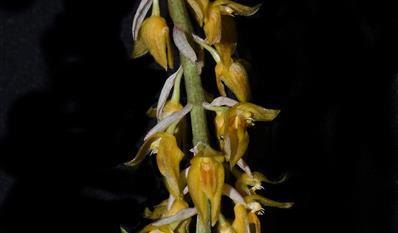
Bulbophyllum-sterile-2024-04-09
Finding
The petals of B. sterile are broadly triangular, as are these and the trilobed lip has the cleft middle lobe and two acute lobes that are visible in this flower. The pseudobulbs on this plant match the description in the "Flowers of India" website as conical-ovoid, faintly four-angled; there is also a photo matching this plant in the "Flowers of India" and matching photos of B. sterile in the "eFlora of India" website. This flower closely matches the photo of B. sterile (as B. neilgherrense) in the IOSPE and Seidenfaden & Smitinand's 1959, "The Orchids of Thailand" stated that B. sterile can be distinguished by its distinctive membraneous bracts, reddish-brown stripes in the sepals, acute triangular lateral sepals, acute and short vertical horns on the column and the lip with basal auricles.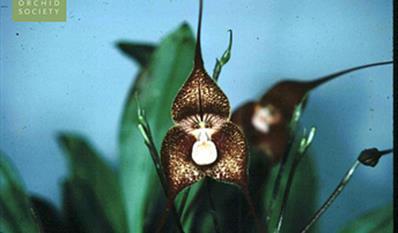
Dracula-wallisii-Challenge-2024-04-07
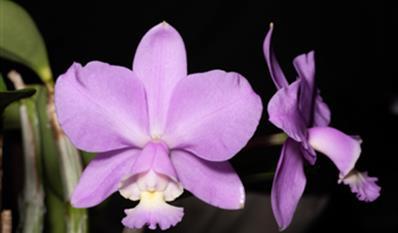
Cattleya-loddigesii-2024-04-01
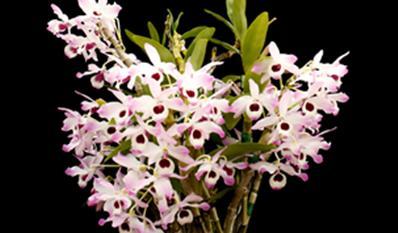
Dendrobium-lituiflorum-2024-03-31
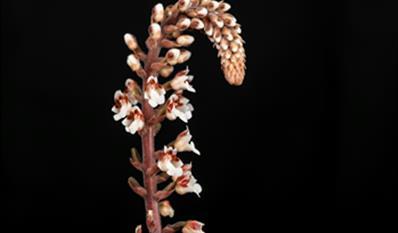
Dossinia-marmorata-(Dayii-type)-2024-03-29
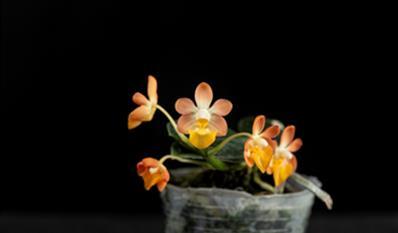
Phalaenopsis-lobbii-(labeled-Pink)-AM/AOS-2024-03-29
Cattleya-forbesii-fma-alba-2024-03-26
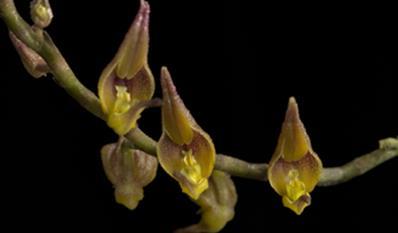
Scaphosepalum-pulvinare-2024-03-24
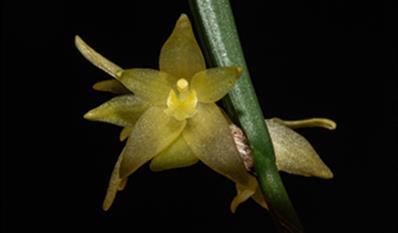
Octomeria-linearifolia-Bryon-CBR-2024-03-24
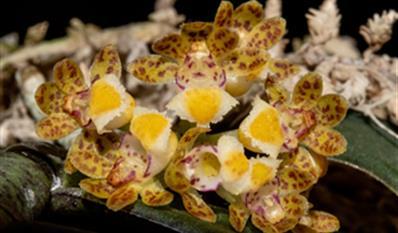
Gastrochilus-minutiflorus-Bryon-CBR-2024-03-24
Bulb-sicyobulbon-2024-03-20
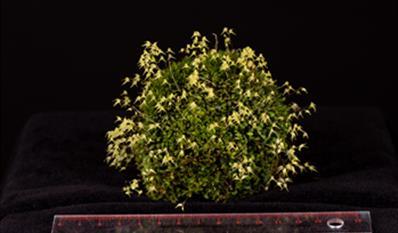
Specklinia morganii-CBR,-CCM-2024-03-17
Paph-exul-f-aureum-2024-03-16
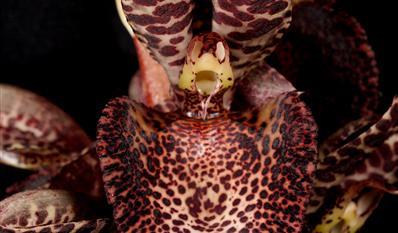
Catasetum-ivaneae-2024-03-14
Finding
This plant is an excellent match to the photo of Ctsm. ivaneae in the article by Fred Clarke in the 2020 Supplement to the AOS "Orchids" magazine. The same photo appears in the OW and some photos in orchidroots.com are similar. The species is very distinctive in the genus and is endemic to Brazil (Amazonas, Rondonia). It was very recently described in 2016 in Orquidario Vol. 30.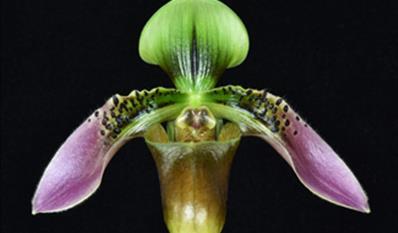
Paph-appletonianum-2024-03-12
Finding
This plant matches the description of Paph. appletonianum var. cerveranum. P. appletonianum var. appletonianum has a staminode that is a classically shaped inverted horseshoe; P. appletonium var. cerceranum has a staminode which is shallower, a little more broadly shaped with a sharply pointed extension in the middle on the bottom. It is very similar to P. appletonium var. cerveranum, Award #20243709, which was previously confirmed by SITF. Variety cerveranum is a validly published subspecies of P. appletonianum.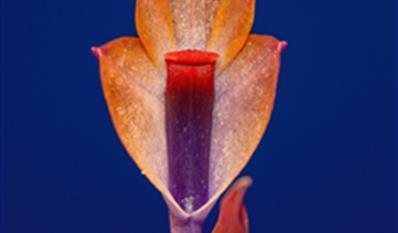
Dendrobium-vexillarius-Purple-Flame-CHM/AOS-2024-03-12
Finding
A key discriminator for D. vexillarius is the three-winged ovary that can be clearly seen in this plant. The award description indicates this plant is an intervarietal cross between var. microblepharum and var. retroflexum; therefore it is confirmed without a subspecies designation; however, this plant does display the color form of var. microblepharum. This plant closely matches the photo by Ed de Vogel and the Orchids of New Guinea website as shown in the IOSPE.Schomburkia-rosea-2024-02-29
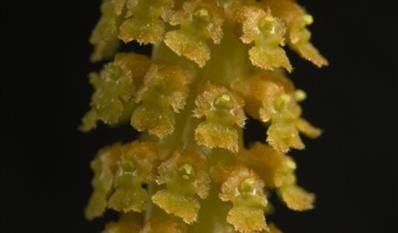
Oberonia-maxima-2024-02-27
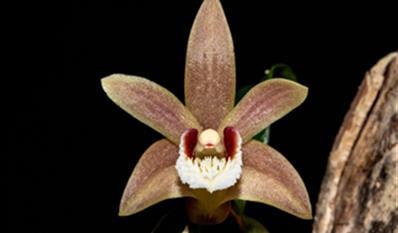
Eria-rhomboidalis-Bryon-CBR-2024-02-25

FREE ACCESS: Orchid DealWire
Get notified when orchid vendors have special promotions and exclusive savings.


